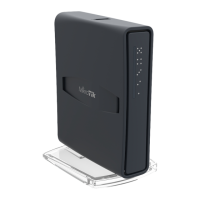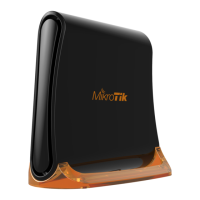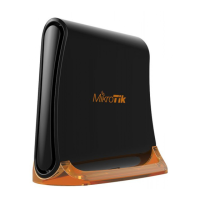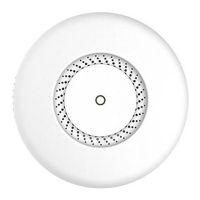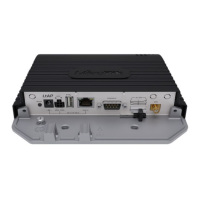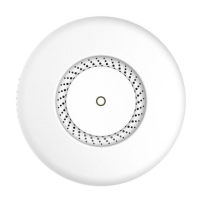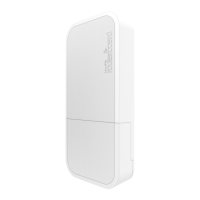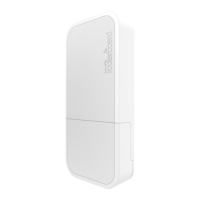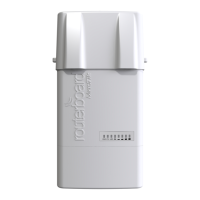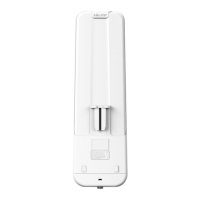Powering
The device accepts power from the power jack or from the first Ethernet port (Passive PoE):
direct-input power jack (5.5mm outside and 2mm inside, female, pin positive plug) accepts 12-30 V
DC
first Ethernet port accepts passive Power over Ethernet accepts 18-28 V DC (compensate for the loss
on cable, so more than 12V recommended)
The power consumption under maximum load can reach 15 W.
Setup
1. Connect your internet cable to the first port, and, if you have wired devices, connect them to the other
ports
2. Set your computer IP configuration to automatic (DHCP).
3. From your PC or smartphone, connect to the wireless network name which starts with "MikroTik".
4. Once connected to the wireless network, open in your web browser to start
configuration, since there is no password by default, you will be logged in automatically (or, for some
models, check user and wireless passwords on the sticker).
5. . Set up your password in the screen that loads. Please also specify your country, to make sure local
regulations are observed.
Configuration
We recommend clicking the "Check for updates" button and updating your RouterOS software to the
latest version to ensure the best performance and stability. RouterOS includes many configuration
options in addition to what is described in this document. We suggest to start here to get yourself
accustomed to the possibilities: https://mt.lv/help. In case IP connection is not available, the Winbox
tool (https://mt.lv/winbox) can be used to connect to the MAC address of the device from the LAN side
(all access is blocked from the internet port by default). For recovery purposes, it is possible to boot the
device from the network, see section Buttons and jumpers.
Extension slots and ports
The Ethernet ports are connected through a switch chip, can be configured individually and support
automatic cross/straight cable correction (Auto MDI/X), so you can use either straight or cross-over
cables for connecting to other network devices.
The integrated wireless module which supports AP/CPE/P2P/Repeater modes.
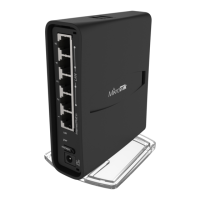
